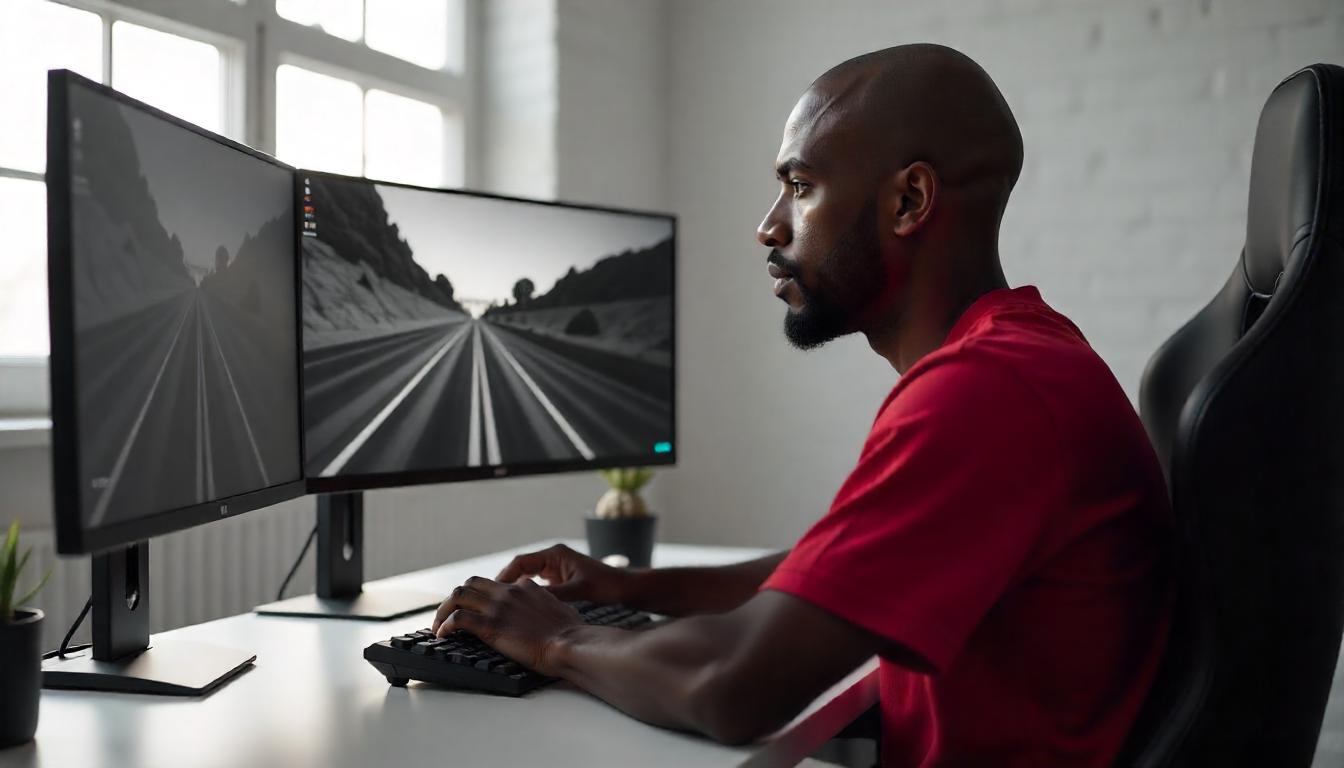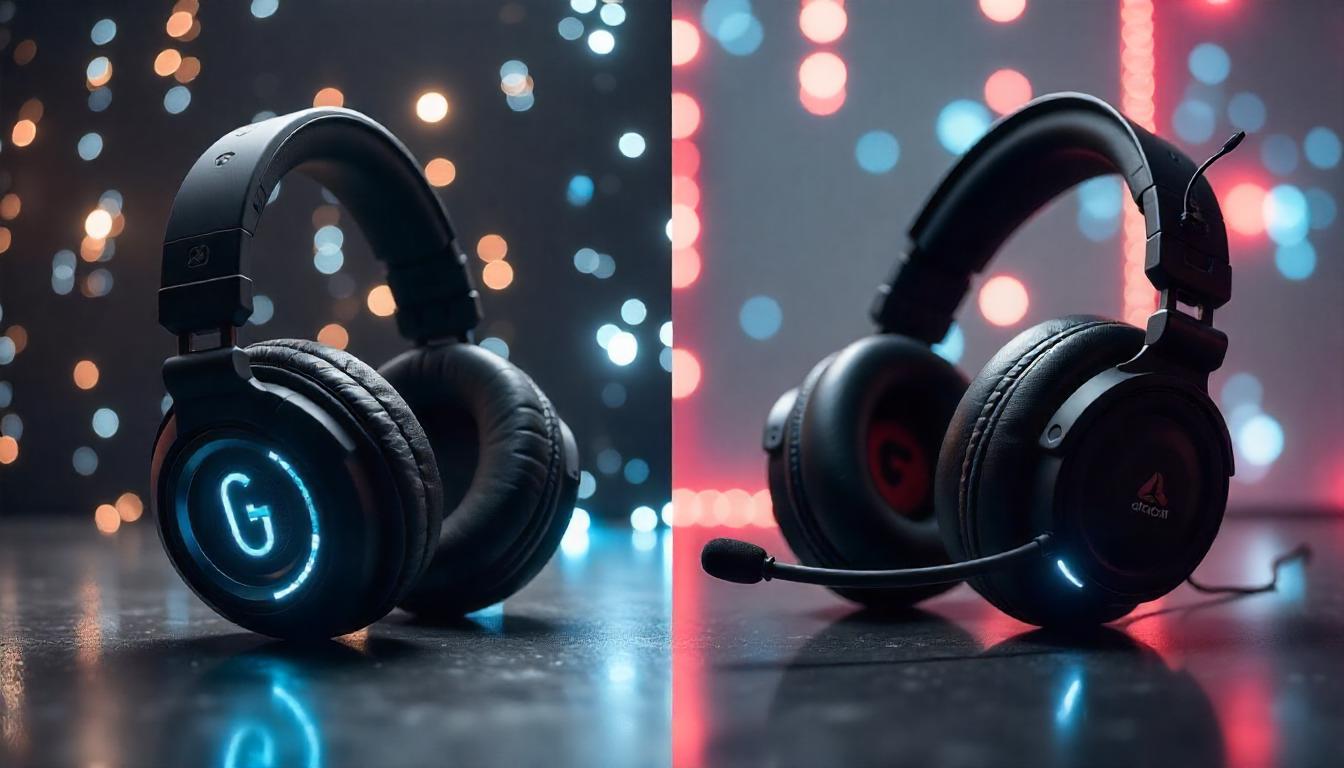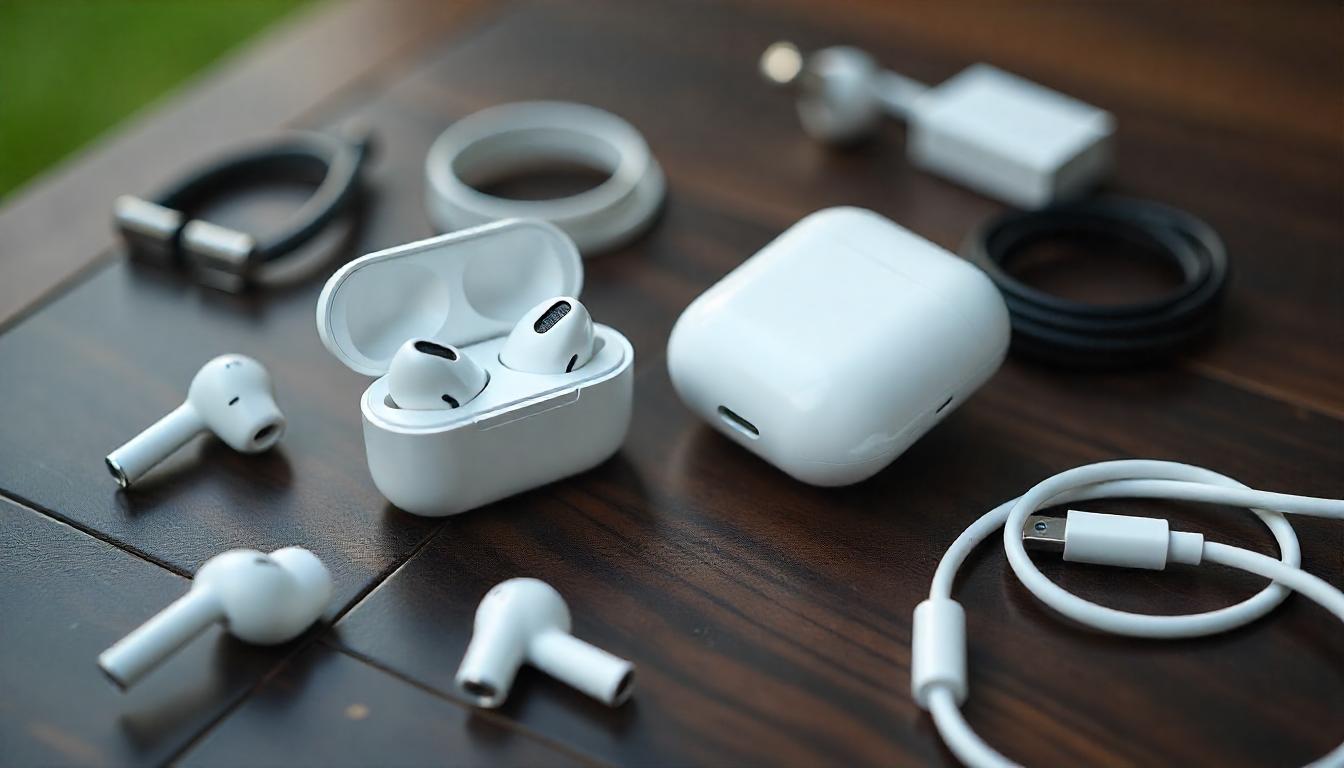A dual-monitor gaming setup is more than just an aesthetic upgrade—it enhances gameplay, boosts productivity, and improves multitasking efficiency. Whether you’re a competitive gamer, a streamer, or someone who juggles work and play, setting up a dual-monitor system correctly is crucial. This guide will walk you through the entire process, from choosing the right monitors to optimizing display settings and troubleshooting issues.
Step 1: Choosing the Right Monitors
Selecting the ideal monitors is the foundation of your setup. Consider the following factors:
1.1 Monitor Size and Resolution
- Matching Resolutions: To avoid visual inconsistencies, choose monitors with the same resolution. A 1080p paired with a 4K monitor may cause issues when dragging windows across screens.
- Size Considerations: Most gamers prefer 24” to 32” monitors for an optimal balance between screen real estate and visual clarity.
1.2 Refresh Rate and Response Time
- High Refresh Rates (144Hz or Higher): Ideal for gaming as they ensure smoother motion and reduce input lag.
- Low Response Time (1ms to 5ms): Reduces motion blur, making fast-paced action clearer.
1.3 Panel Type
- IPS Panels: Offer better colors and wider viewing angles, great for immersive gaming and content creation.
- TN Panels: Provide faster response times, suitable for competitive gaming.
- VA Panels: Offer deeper blacks and better contrast but may have slower response times.
1.4 Connectivity Options
Ensure your monitors have the necessary ports (HDMI, DisplayPort, or USB-C) that are compatible with your GPU.
Step 2: Setting Up Your Dual-Monitor Configuration
After acquiring the right monitors, it’s time to set them up properly.
2.1 Positioning the Monitors
- Side-by-Side Arrangement: Most common setup, ideal for extended screen space.
- Stacked Vertically: Great for streamers and multitaskers.
- Angled Setup: Reduces neck strain and improves ergonomics.
2.2 Connecting the Monitors
- Plug both monitors into your graphics card using DisplayPort, HDMI, or USB-C.
- Ensure each monitor is powered on and properly detected.
2.3 Adjusting Display Settings (Windows & Mac)
Windows
- Right-click on the desktop and select Display settings.
- Scroll down to Multiple displays and choose Extend these displays.
- Click on the monitors and drag them into the correct arrangement.
- Adjust Scaling and Resolution to match both screens.
Mac
- Go to System Settings > Displays.
- Click Arrange and position your monitors accordingly.
- Adjust resolution and scaling settings as needed.
Step 3: Optimizing Your Dual-Monitor Gaming Setup
Once the monitors are set up, it’s time to optimize the settings for peak performance.
3.1 Configuring Your GPU Settings
- NVIDIA Control Panel: Go to Display > Set up multiple displays and configure the positioning.
- AMD Radeon Software: Navigate to Display Settings > Eyefinity for multi-display configurations.
3.2 Customizing In-Game Settings
- Many modern games allow custom multi-monitor setups. Check the game’s display settings to adjust FOV (Field of View) and resolution accordingly.
- Use borderless windowed mode for a smoother transition between screens.
3.3 Managing Taskbar and Windows Behavior
- Windows: Right-click on the taskbar, go to Taskbar settings, and choose whether to extend the taskbar to both monitors.
- Mac: Enable Mission Control to organize applications across screens.
Step 4: Troubleshooting Common Dual-Monitor Issues
Even with a perfect setup, issues may arise. Here’s how to resolve them:
4.1 Monitor Not Detected
- Check cable connections and ensure both monitors are powered on.
- Update GPU drivers via NVIDIA or AMD software.
- Restart your system and check the display settings.
4.2 Screen Tearing or Stuttering
- Enable V-Sync, G-Sync, or FreeSync to minimize screen tearing.
- Ensure both monitors are set to the same refresh rate.
4.3 Misalignment or Display Scaling Issues
- Manually adjust monitor alignment in Windows Display settings.
- Set both monitors to the same DPI scaling for consistency.
4.4 Flickering or Black Screen
- Use high-quality display cables to prevent signal loss.
- Disable power-saving features that might be turning off one monitor.
Step 5: Enhancing Your Setup with Accessories
To take your dual-monitor experience to the next level, consider these accessories:
5.1 Monitor Mounts and Stands
- Adjustable mounts improve ergonomics and desk space.
- Wall-mounted options create a cleaner look.
5.2 Desk Management Solutions
- Cable Management: Use Velcro ties or cable raceways for a tidy setup.
- RGB Lighting: Adds ambiance and reduces eye strain in dim environments.
5.3 Peripheral Enhancements
- Mechanical Keyboard & Gaming Mouse: Improves response times and accuracy.
- USB Switches: Helps seamlessly switch between gaming and work setups.
Conclusion
A dual-monitor gaming setup significantly enhances immersion, productivity, and efficiency. By choosing the right monitors, configuring optimal settings, and troubleshooting issues, you can enjoy a seamless gaming experience. Whether you’re a streamer, competitive gamer, or casual player, this guide ensures your setup is optimized for the best performance possible. Happy gaming!






Leave a Reply